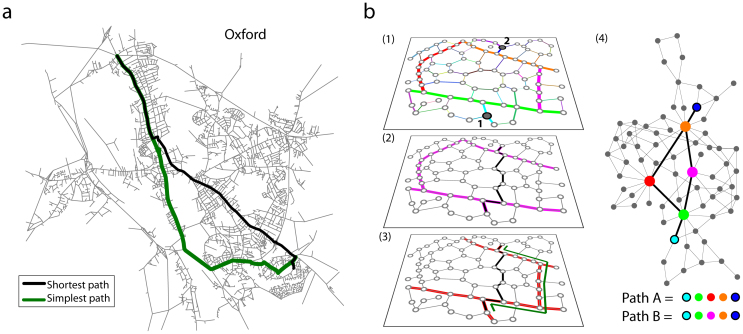Figure 1. Simplest path: example and calculation.
(a) Example of shortest (black line) and simplest (dark green line) paths illustration on the Oxford (UK) street network. The simplest path has less turns at the expense of being longer than the shortest path. (b) In (1) we show a planar network and in (4) its dual representation. The colors of straight lines in (1) corresponds to the ones of nodes in (4). The simplest path between nodes 1 and 2 is obtained by the shortest path in the dual space (between nodes cyan and blue in this case). There are two paths A and B with length 4 (corresponding to magenta lines in (2) and to red lines in (3)), and the shortest one is chosen as the simplest path (green line in (3)). For comparison we also show the shortest path (black line in (2,3)). The figure was created using NetworkX.

